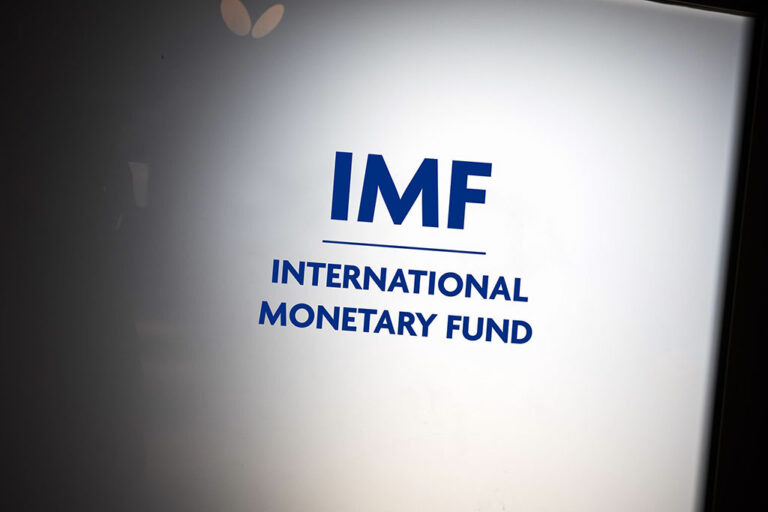A recent IMF survey conducted for Central Asia and the Middle East region shows that central bank digital currencies (CBDCs) may be useful for financial inclusion and lower financial costs. However, the IMF noted that adopting a CBDC requires careful consideration.
Despite this positive use case of CBDCs, the IMF is not very positive on them. Surveying around 19 central banks, the IMF said that CBDCs may not be essential to achieving intended policy goals. The survey further stated the underlying constraints of CBDCs and that improving other digital payment systems would be a more practical alternative to CBDCs.
For quite some time, the IMF has been researching the evolution of CBDCs while guiding its member nations on how to integrate them into their respective monetary systems. One senior IMF official stated that “one global CBDC platform that will allow for capital controls could cut payment costs”.
Several countries in the Middle East and Central Asia (ME&CA) region are exploring the use of Central Bank Digital Currencies (CBDCs). Notably, Saudi Arabia’s central bank recently participated in a cross-border CBDC experiment for international trade in collaboration with the Bank for International Settlements (BIS). Additionally, IMF Managing Director Kristalina Georgieva has suggested that CBDCs could potentially replace cash in island economies. The IMF survey concluded by noting:
“Ultimately, introducing digital currencies will be a long and complicated process that central banks must approach with care. Policymakers need to determine if a CBDC serves their country’s objectives and whether the expected benefits outweigh the potential costs, risks for the financial system, and operational risks for the central bank.”
CBDCs Can Compete With Bank Deposits
The IMF has also warned that 83% of the funding for the banks comes from deposits, thus CBDCs can compete with deposits that could later weigh on the banks’ profits and lending and ultimately impact the financial stability of the nation.
The survey revealed that 19 central banks in the region are exploring the issuance of Central Bank Digital Currencies (CBDCs). The primary focus for these countries is on how CBDCs can enhance financial inclusion and improve payment system efficiency. The IMF noted:
“Specifically, in Middle East and North Africa oil exporters and the Gulf Cooperation Council countries, where financial markets are relatively more developed, the priority is making both domestic and cross-border payments more efficient, while for Middle East and North Africa oil importers, the Caucasus and Central Asia, and low-income countries, it is expanding financial inclusion.”
The IMF added that the only uptake of CBDC includes some marginal benefits without solving other barriers like low financial literacy, distrust of financial institutions, lack of identification, etc.
next